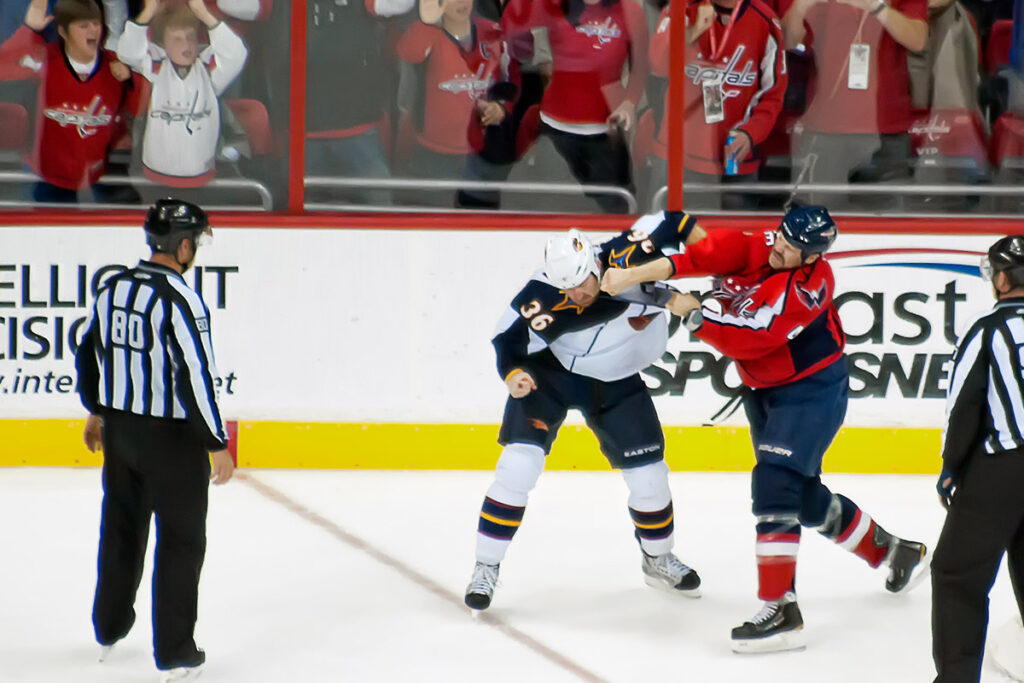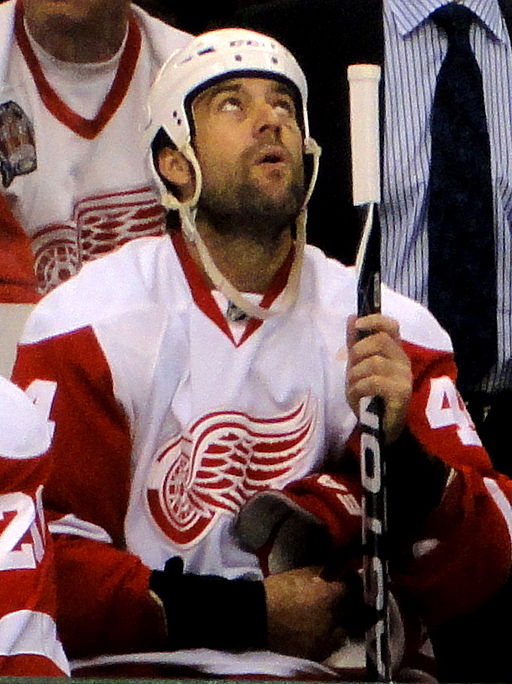One example of a call for change can be seen in the constant debate over the place fighting and various other forms of violence hold within the sport. This is explored and questioned within the research of Lewiston and Palma (2012), which questioned the morality of hockey fights themselves and brought up concerns for player safety. Ultimately, Lewiston and Palma (2012) concluded that abolishing fighting from the sport should at least be considered, in hopes of bringing more moral hockey players and improving the quality and safety of the game. Similarly, Plassche et al. (2023) analyzed the presence of fighting in hockey from the league’s point of view. They found that it is rather costly, leading to higher salary payouts for players as well as an increased cost of injury, while also showing no correlation between the presence of fighting and ticket sales (Plassche et al. 2023). Despite the evidence showing the benefits of removing fighting, Sailofsky and Orr (2020) found significant backlash on social media defending fighting within the sport. This was done through a content analysis of 920 replies to a tweet addressing the place of fighting in hockey. Their research analyzed this feedback and found those who oppose the call for fighting’s removal more likely to publicly share their beliefs. With that said, the study demonstrated the relevance of this conversation, that there are clearly people on both sides of this argument within the hockey community; defenders may however be more passionate.

One reason for support of fighting may be its extremely long and historic presence within the game. Sirianni (2023) explores this history, explaining that fighting within hockey occurs as a way of players policing themselves; when a violent play or rule infraction occurs without the official noticing, a fight breaks out (Sirianni 2023). When analyzing the history of the sport Sirianni (2023) also noticed fighting provided an opportunity for less skilled players to have an impact, creating a role known as enforcer. This allows these players to discipline others acting out of line or breaking rules, something that is extremely unique to this sport. Doling out perceived justice violently, creating an atmosphere full of adrenaline and excitement from the players involved and fans watching. Tjønndal (2016) looked further into these “less skilled players”, analyzing the biographies of former heavyweights Bob Probert and Derek Boogard. Both these players have died and were known for their substance abuse issues but also had been diagnosed with Chronic Traumatic Encephalopathy(CTE), a disease that occurs after many concussions. While the role of enforcer is often beloved by fans for the justice and excitement they bring to the game, the biographies and Tjønndal’s (2016) research were able to show the cost and damage of this identity. The history of these men should spark further discussions about player safety in the NHL and the place that fighting has within the league. Below is a powerful short documentary on the life and career of Derek Boogard made by the New York Times, that presents findings and questions about enforcers similar to those of Tjønndal’s (2016).
Punched Out: The Rise and Fall of Derek Boogaard [Full Version] | The New York Times, New York Times, May 2014
Fist fighting can be seen as one of the more extreme acts of violence; one can imagine that its presence may prevent other more dangerous forms of violence. Betz (2020) explores this idea, though the author’s quantitative analysis on occurrences of fights and other violent behaviors within the National Hockey League found no correlation between fighting preventing further acts of violence. In fact one could argue that fighting’s presence within the game encourages further violence. In 2004, there was an incident where this occurred; Canucks’ player Todd Bertuzzi egregiously swung his stick, hitting the Avalanches’ Steve Moore in his neck, fracturing vertebrae in Steve’s neck and concussing him.

The incident was so horrific that there was a legal case that followed in which Bertuzzi faced assault charges. Notably, this incident occurred in a season where fighting rates were at an all time high. Kerr (2006) examined this incident and theorized the reasons behind this unsanctioned violence, but also why it is considered unsanctioned. Ultimately Kerr (2006) found that while the NHL and the hockey community surrounding it identified the incident as wrong, it did not stop these sorts of incidents from happening. Just two weeks after this Mark Messier of the Rangers was suspended for “pitchforking” another player. Even when more extreme acts of violence are labeled as wrong, they continue to happen in professional hockey: a sport where beating someone with your fists is permitted and encouraged. The presence of fighting does not prevent further acts of violence and only increases the risk of injury within the sport.